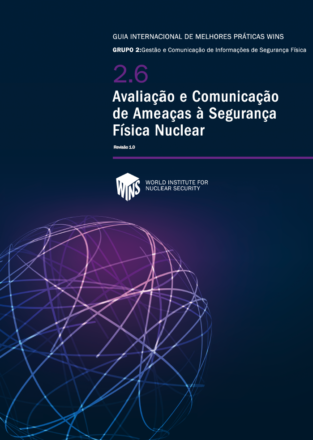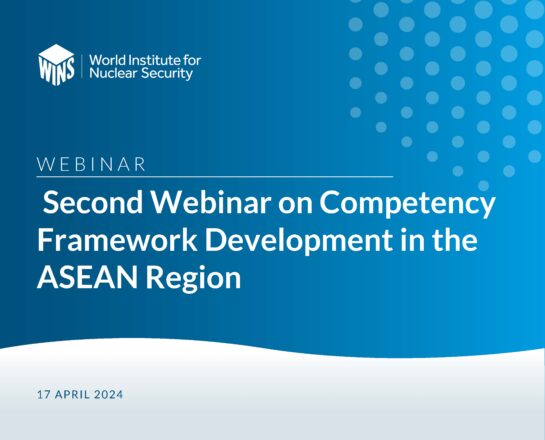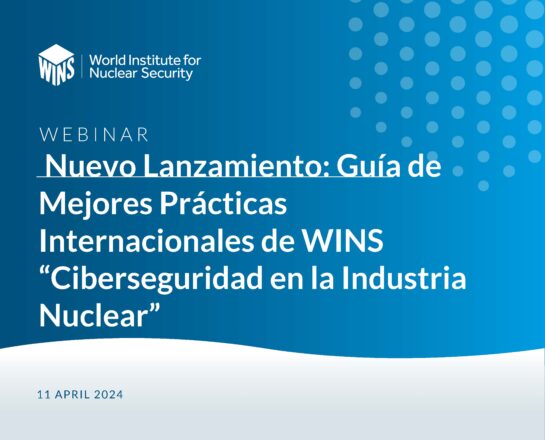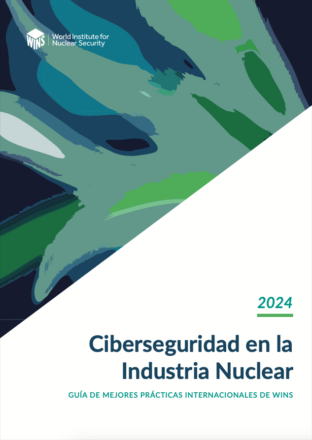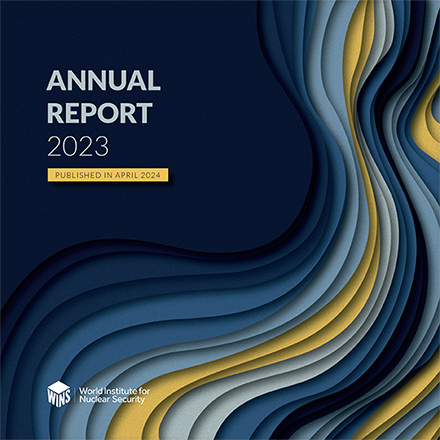-
Workshops and Training
Excellent learning and peer-to-peer networking opportunities with a cross-section of the nuclear industry.
-
WINS Academy
The world’s first certified professional development programme for individuals in nuclear security management.
-
Knowledge Centre
An extensive archive of information on nuclear security, both from WINS and from external sources.
-
Evaluation
Helping licensees assess the maturity of their security programme and measure their security culture effectiveness.
